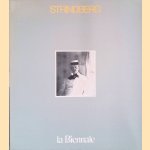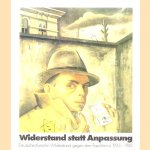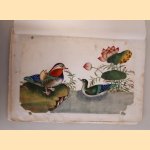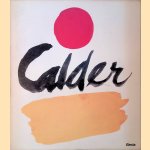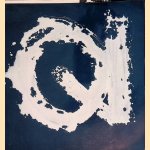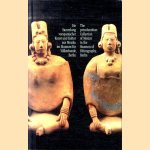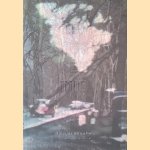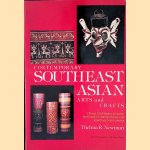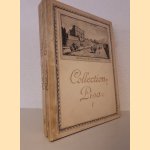
Onze boeken
Zhang Huan
Door Yilmaz Dziewior e.a.
Categorie | Algemeen Kunst |
|---|---|
Boeknummer | #293023 |
Titel | Zhang Huan |
Auteur | Dziewior, Yilmaz & Roselee Goldberg & Robert Storr |
Boektype | Paperback |
Uitgeverij | London : Phaidon |
Jaar van uitgave | 2009 |
ISBN10 | 0714849243 |
ISBN13 | 9780714849249 |
Taal | Engels |
Beschrijving | Original paperback, dust jacket, a lot of (full-page) illustrations in colour and b/w. |
Samenvatting | Zhang Huan has emerged as one of the most important artists of the past decade, a fearless explorer of the limits of the human body and a key figure in the flourishing Chinese art scene. His earliest performances, including 12 Square Meters, 65 Kilograms, and To Raise the Water-Level in a Fishpond, subjected his body to grueling tests of endurance while addressing the relationship between physical endurance and spiritual tranquility. Zhang 's move to New York in 1998 contributed to establish himself as a widely recognized figure in the international contemporary art world, staging performances in several cities around the globe, including Sydney, Rome, Shanghai and Hamburg where he reflected on his experiences in the cities he visited and his ethnic identity in a foreign land. In 2006 Zh... (Lees verder)ang established a studio in Shanghai, where he began to seek a greater connection to Chinese heritage and history. This marked a new direction in his work, as he turned from performance to sculpture, painting, and installation. Through creating large-scale sculpture in diverse media, such as ash from local Buddhist temples, and with found objects, such as doors from the Chinese countryside homes, Zhang Huan continues to explore new ways to render his interest in the body and its language. A significant aspect of Zhang's new work revolves around his interest in Buddhism. Although Buddhist themes figured indirectly into his early work, they took on a more prominent role after a visit to Tibet in 2005. There, Zhang began to collect fragments of Buddhist sculptures, which he then used as models for massive copper figures. Upon his return to Shanghai, Zhang Huan began to collect ash from local Buddhist temples for use in sculptures and paintings. The use of burnt incense, the product of religious offerings, strengthens the link between his art and Buddhist practices. |
Pagina's | 158 |
Conditie | Goed |
Prijs | € 17,50 |

Onze gebruikte boeken verkeren in goede tweedehands staat, tenzij hierboven anders beschreven. Kleine onvolkomenheden zijn niet altijd vermeld.

